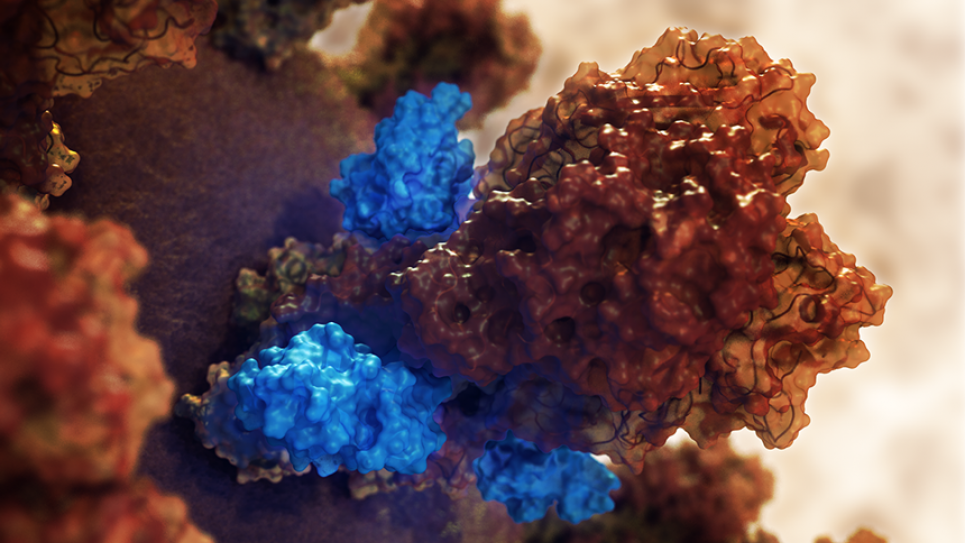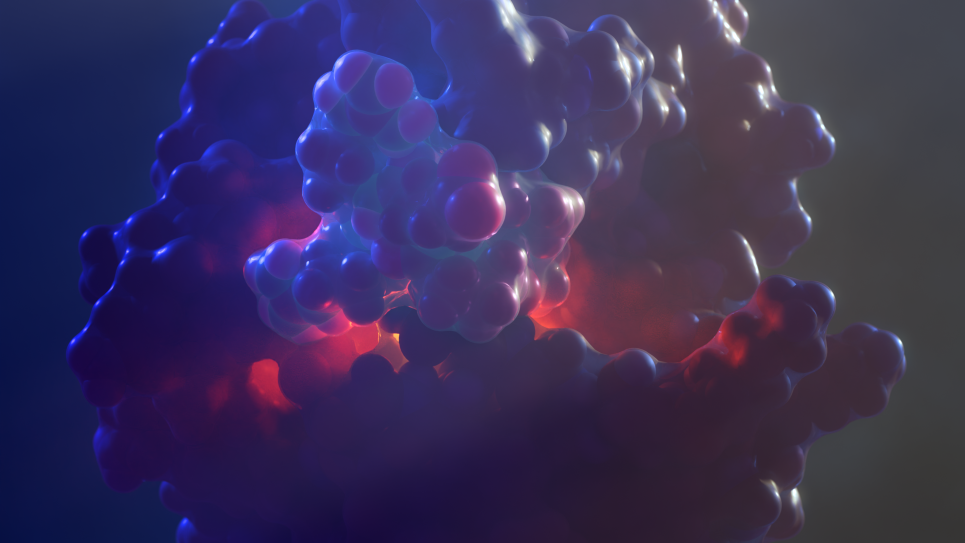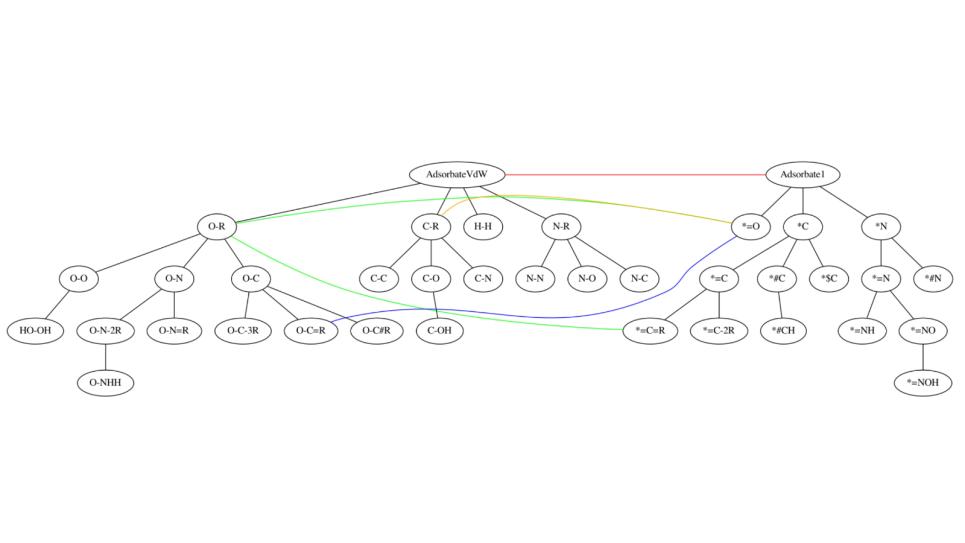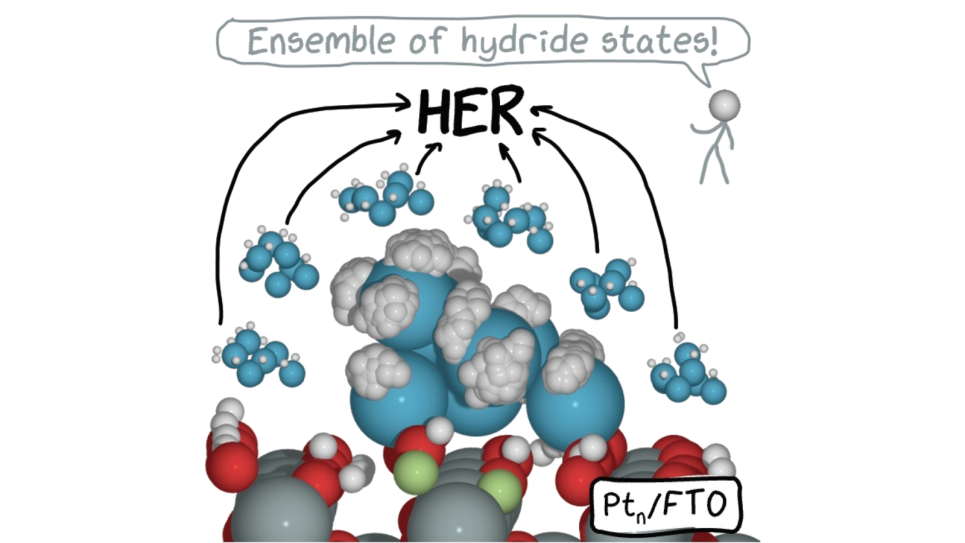
Towards Breakthroughs in Protein Structure Calculation and Design
Proteins are the major functional macromolecules in living cells. With the emergence of protein structure modeling capabilities, researchers have a tool that can be used to design biomolecules with targeted applications, such as treating diseases and catalyzing medically and industrially useful reactions. While progress is continually being made to protein modeling applications, the ability to sufficiently sample conformational space remains a limiting factor for such tools.
Led by principal investigator David Baker, this INCITE project aims to develop and apply new computational methods to address this issue and other emerging challenges in protein structure calculation and design. The researchers will use Mira to enhance the capabilities of Rosetta, a simulation software suite developed by the Baker group for modeling and designing biomolecular structures. This includes making improvements to the Rosetta energy function and further developing homology model refinement methods.
The researchers also aim to apply an established multistate design protocol to design therapeutic peptides that bind to targets of interest, including influenza and other pathogens. Additionally, the team will use this INCITE award to develop a massively parallel enzyme design protocol for the de novo design of novel enzymes and catalytic sites. The broader impacts of this research will address challenges in medicine, energy, and technology, including the development of protein therapeutics for a number of diseases and the design of protein reagents to capture and destroy various bioterror agents.


